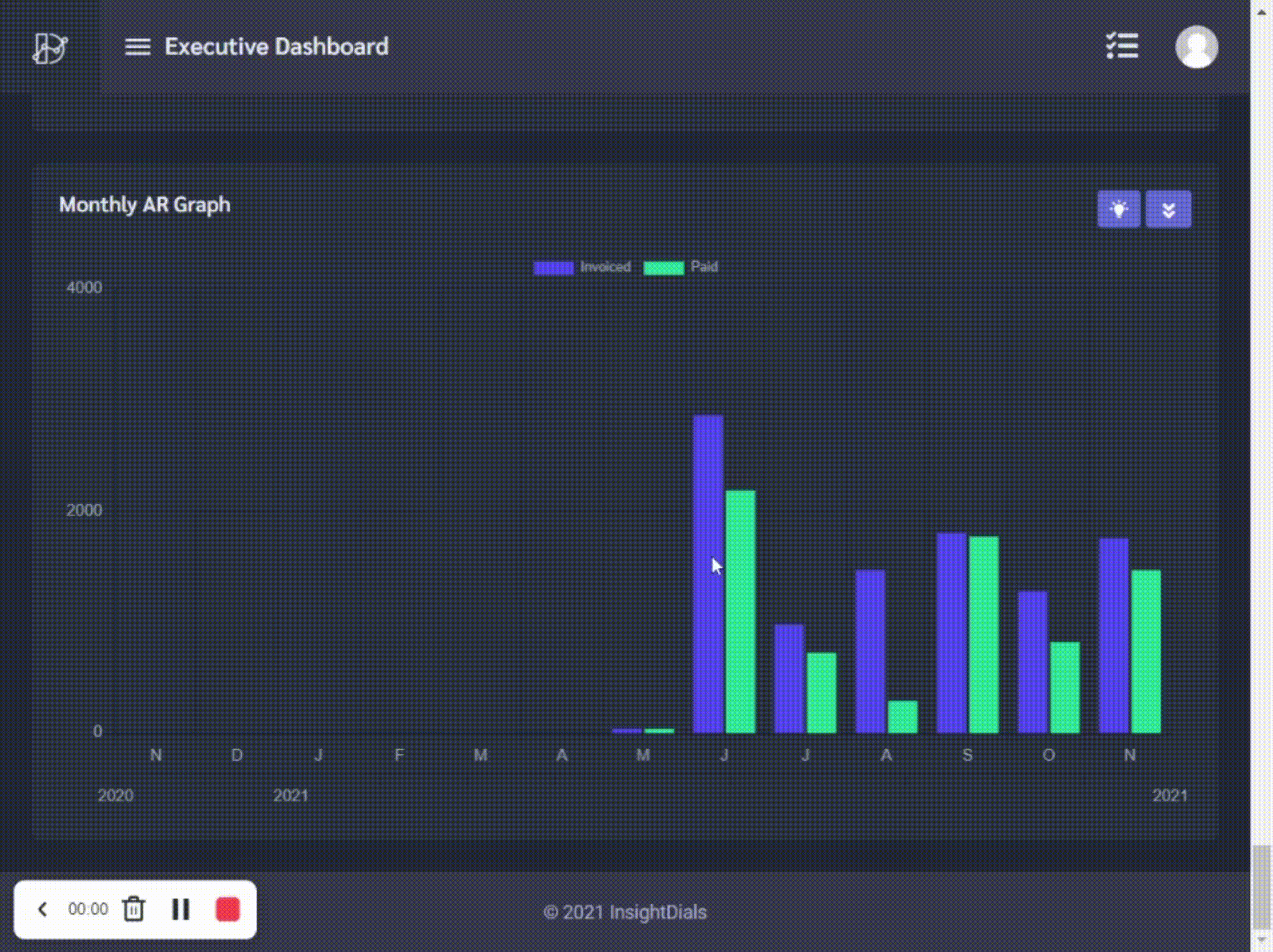
The balance of money due for the services delivered is termed as Accounts Receivable (AR). Or the services used but not yet paid by the customer. Aged Account Receivable is another name for Accounts receivable (AR). Any amount of money owed by customers for services made on credit is accounts receivable. Most subscription-based business works on a prepaid payment model. Services that are done on credit basis for which payment is pending, qualifies for an Aged account receivable.
Business owners/Finance teams can track their outstanding payments, by closely following the metrics. How long they have been pending collection. Any payments that will have to be written-off. AR metrics can give a clear picture on all of these. Also, setting monthly targets and monitoring it will help to understand the progress of the AR collection each month.
How to calculate Accounts Receivable?
Accounts receivable (AR) can be calculated by the total aged amount that is overdue from all accounts. For easier tracking, we can categorize it into aging less than 30 days, 60 days, 120 days and beyond that. This categorization helps in planning a strategy for collection, write offs etc. An AR dashboard can be even helpful in getting the total invoicing value per month vs the payment received.

A decrease in your monthly AR rate indicates a success of your collection strategy. Whereas, if the AR increases month on month, then that calls for an investigation into your collection strategy. As well as your invoicing and client payment methods. If Accounts receivable pile up every month to a huge amount, then it affects the revenue stability of the organization and impacts the cash flow. Also, active customers who constantly fall in the payment pending category, can be prioritized for collection to avoid delay in payment.
If you want all your KPI‘s or Business metrics monitored on a single dashboard, join our BETA.


